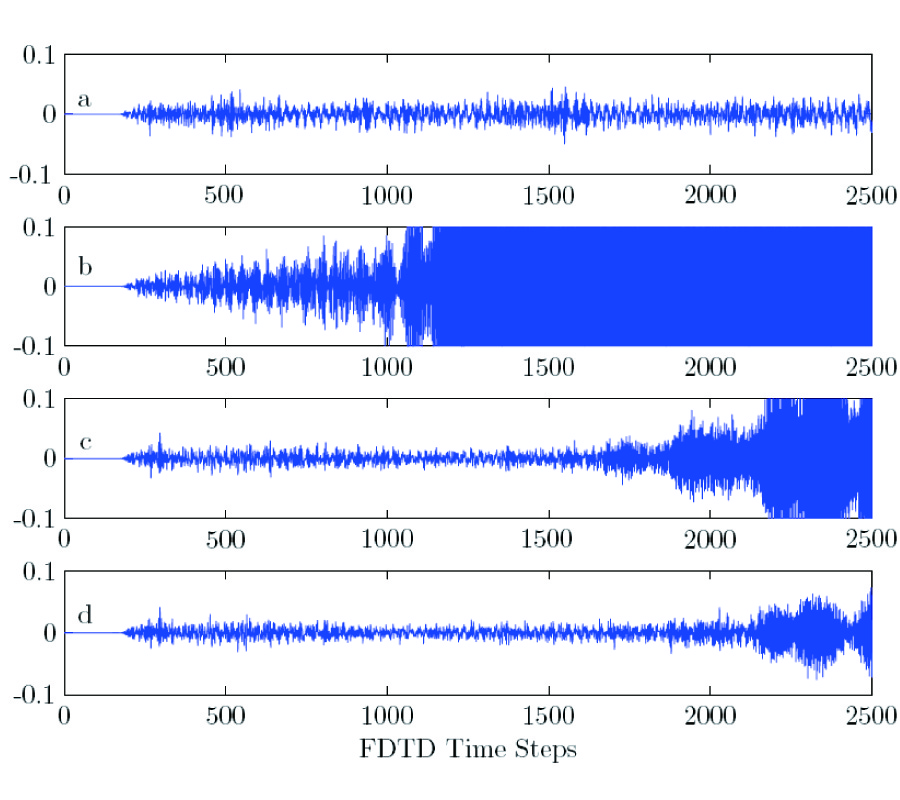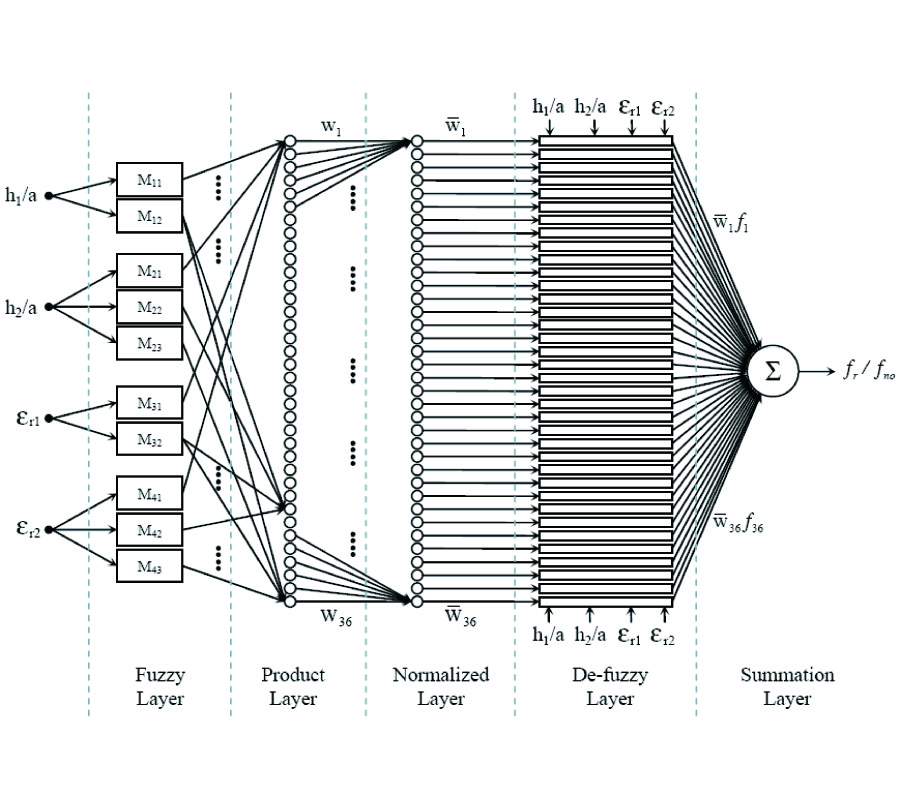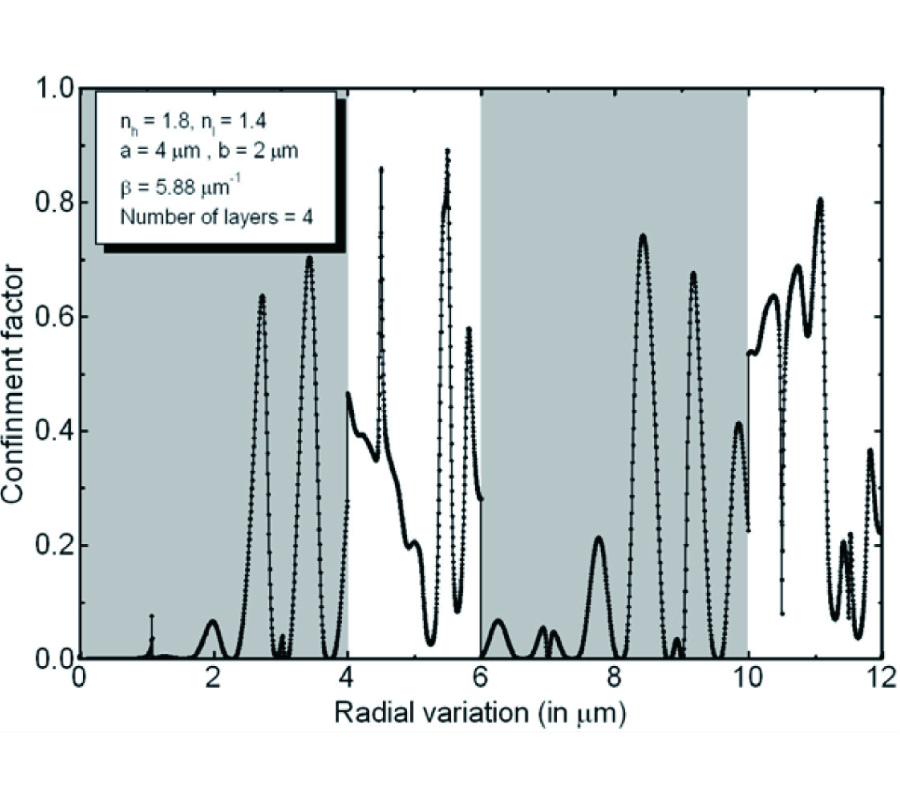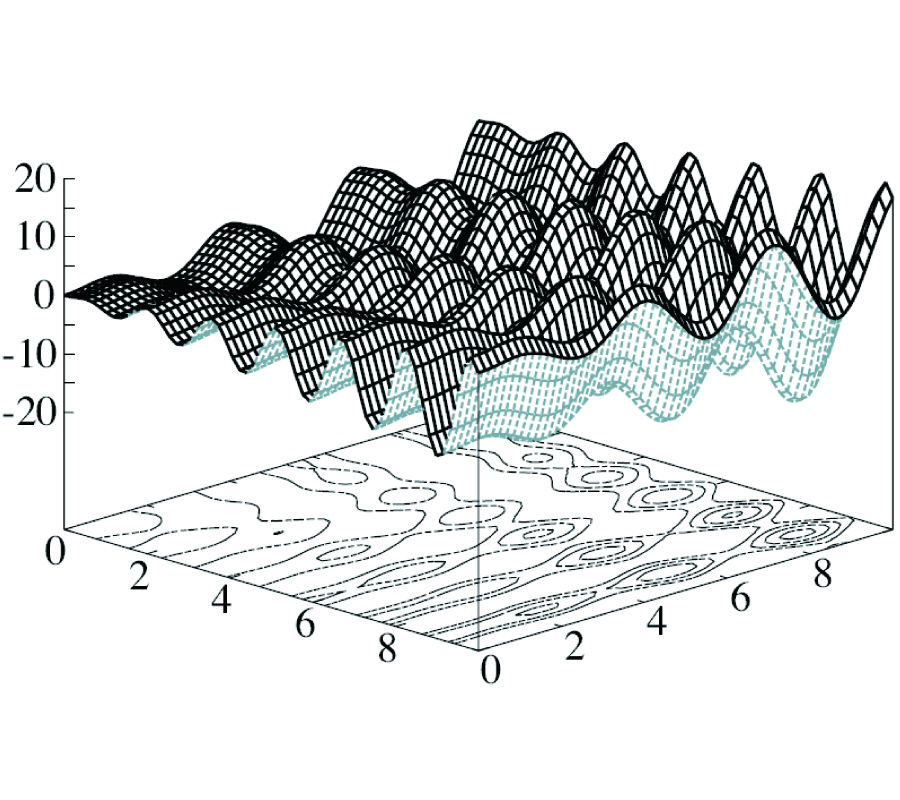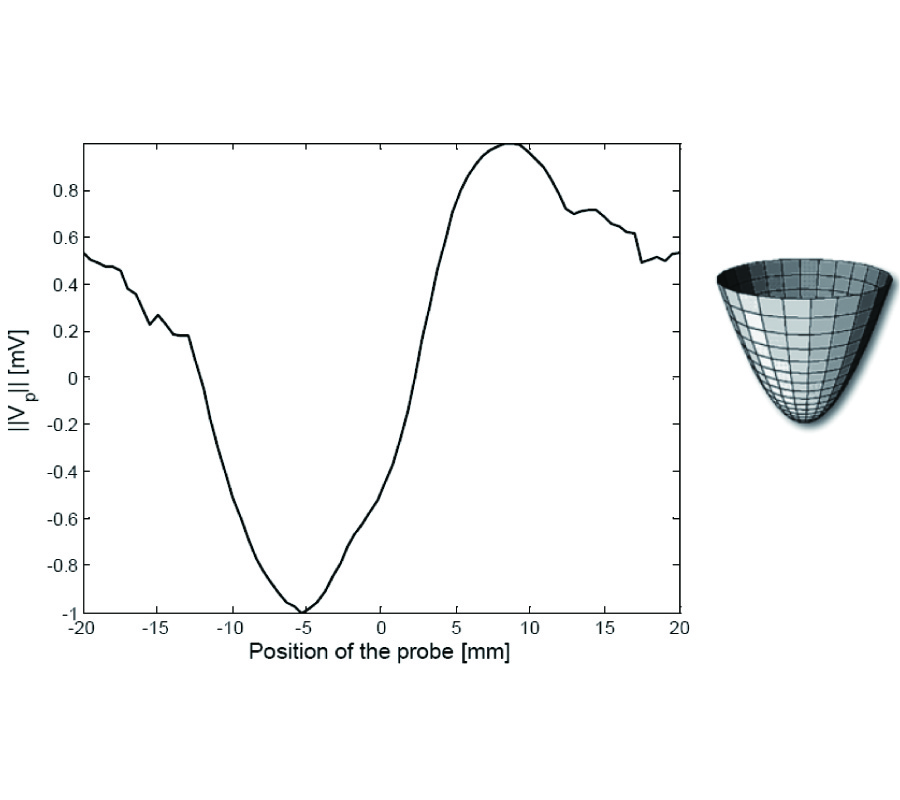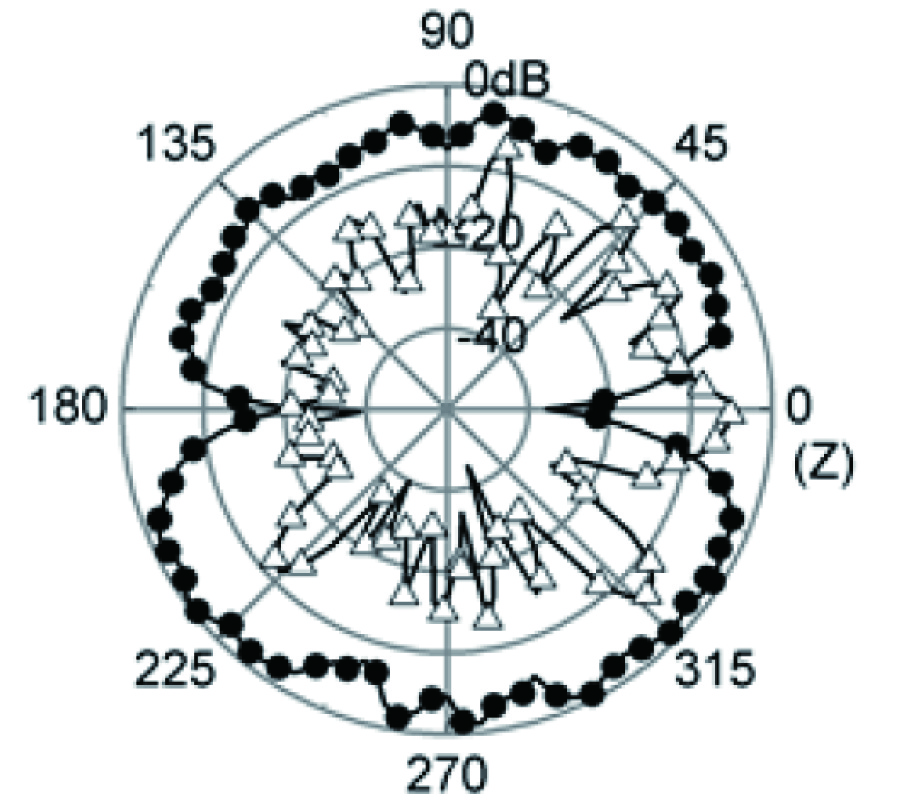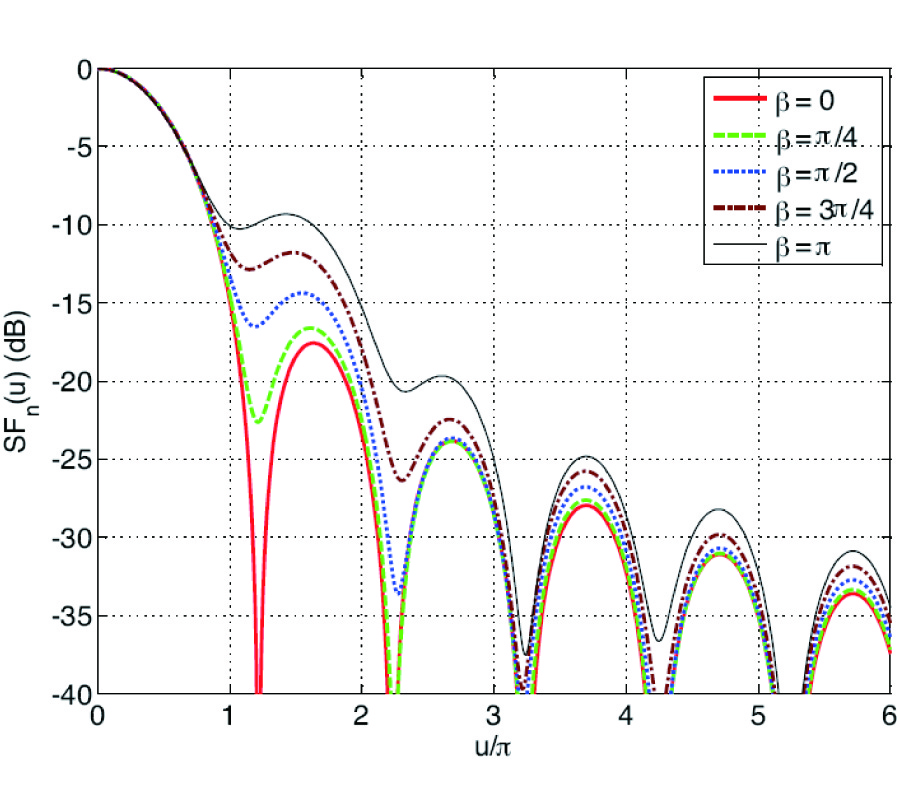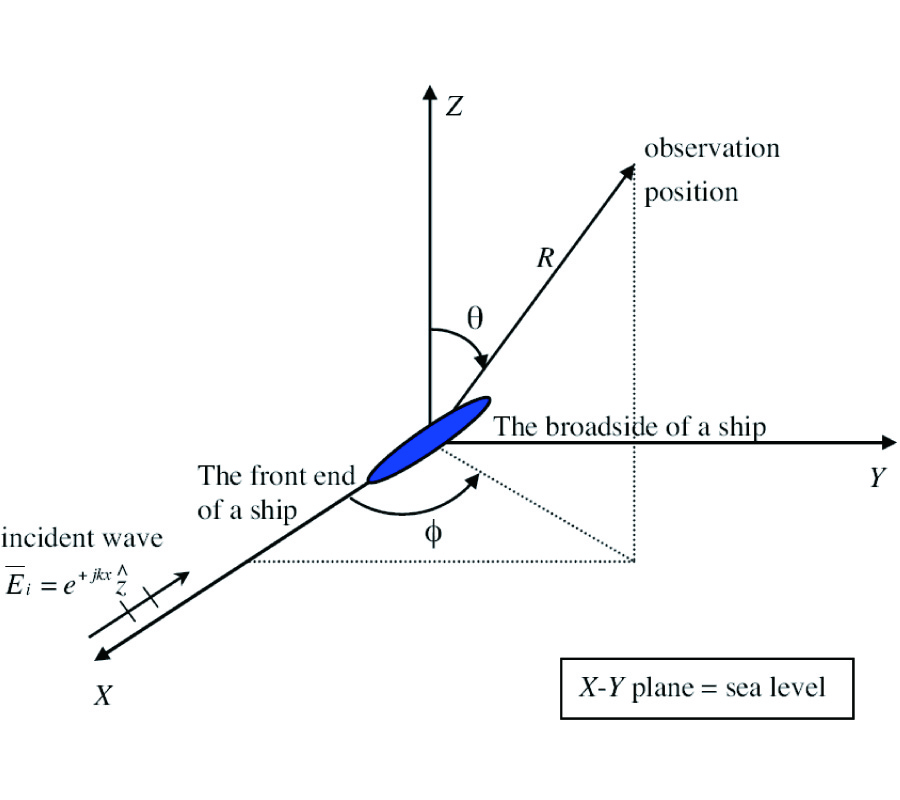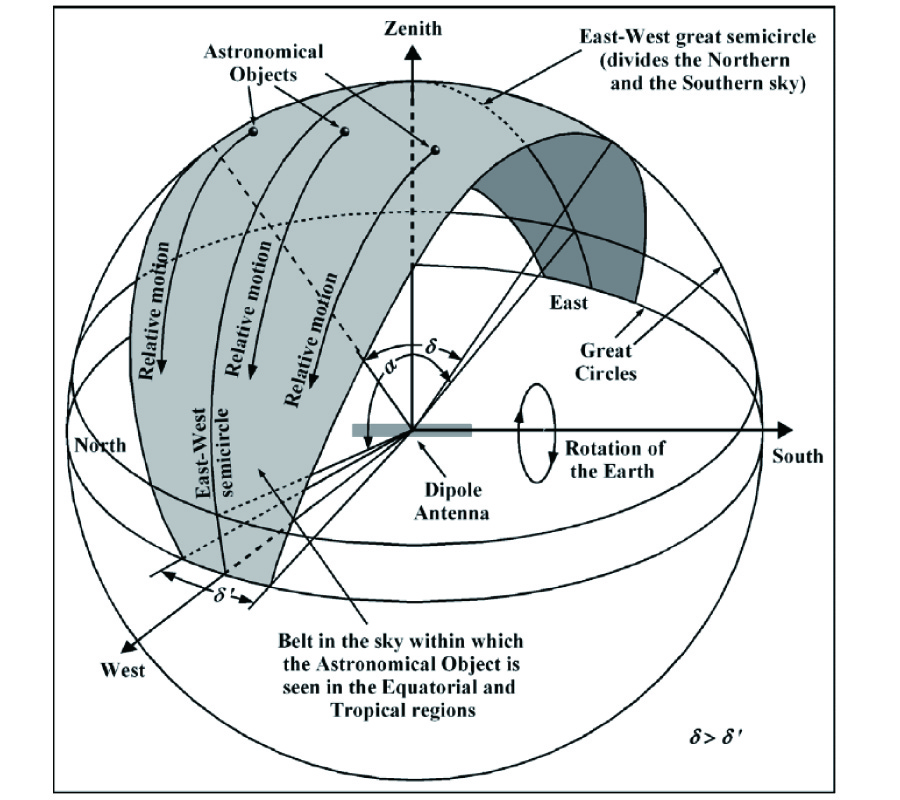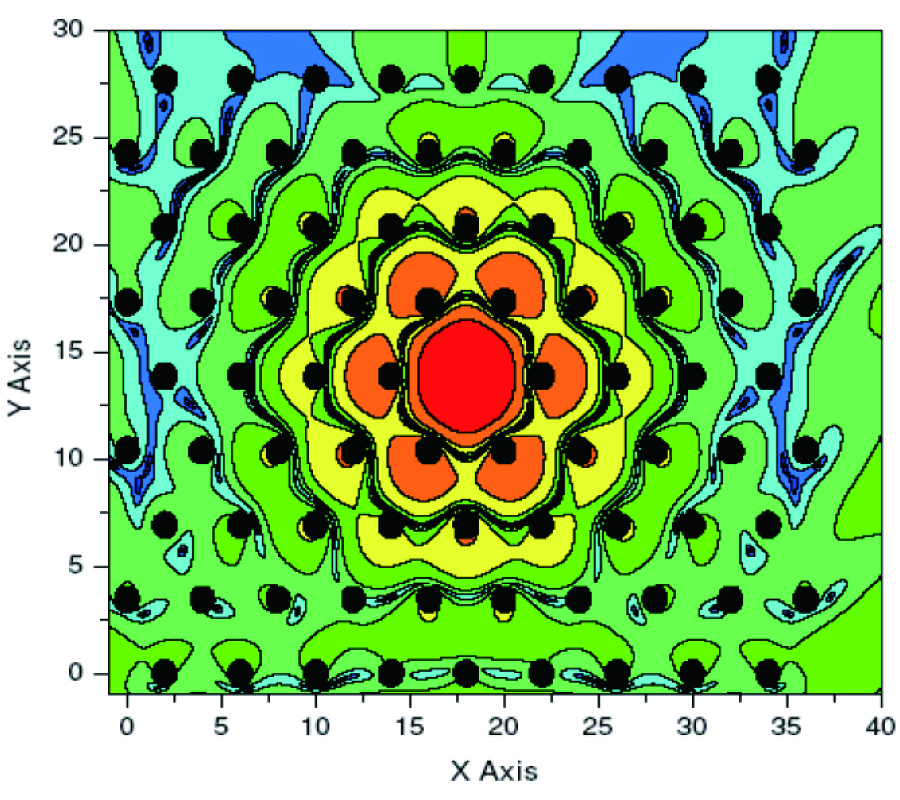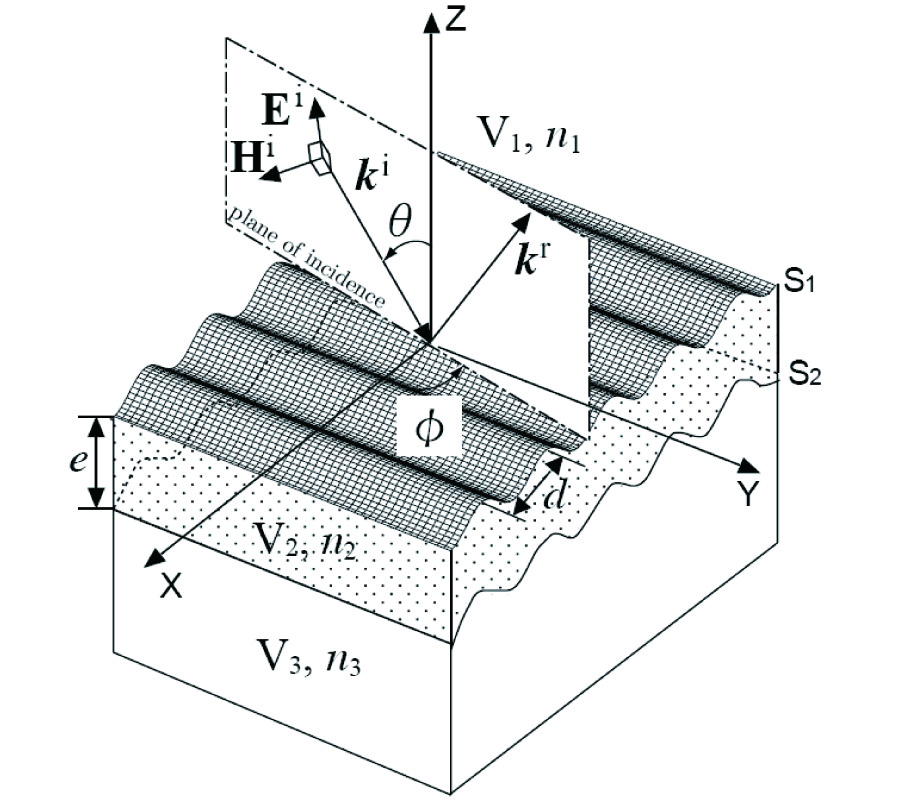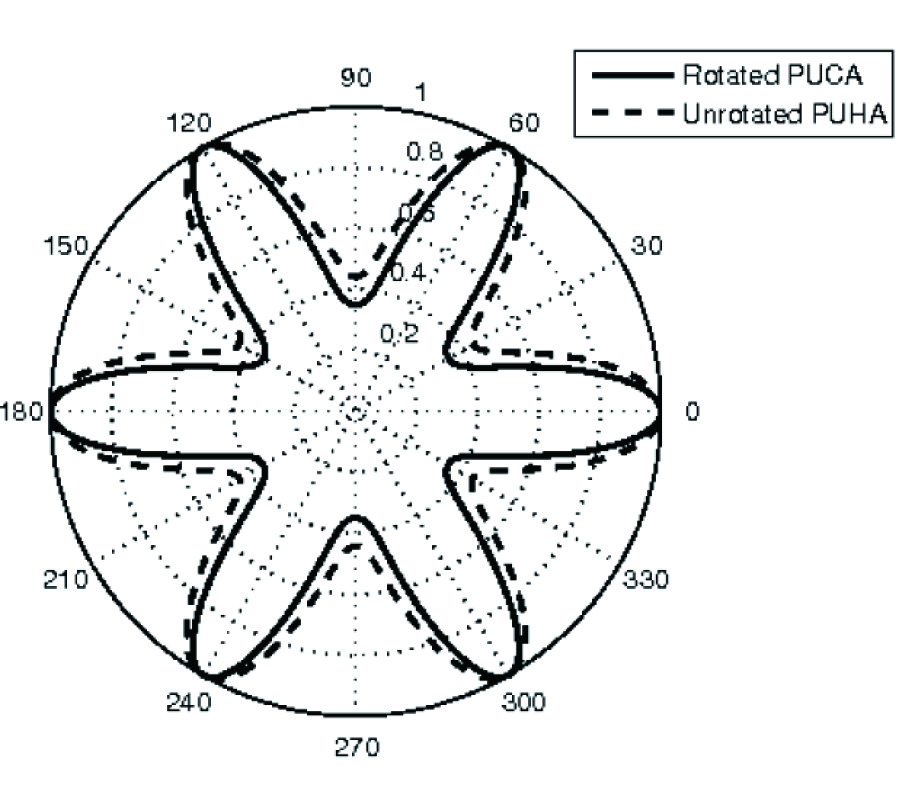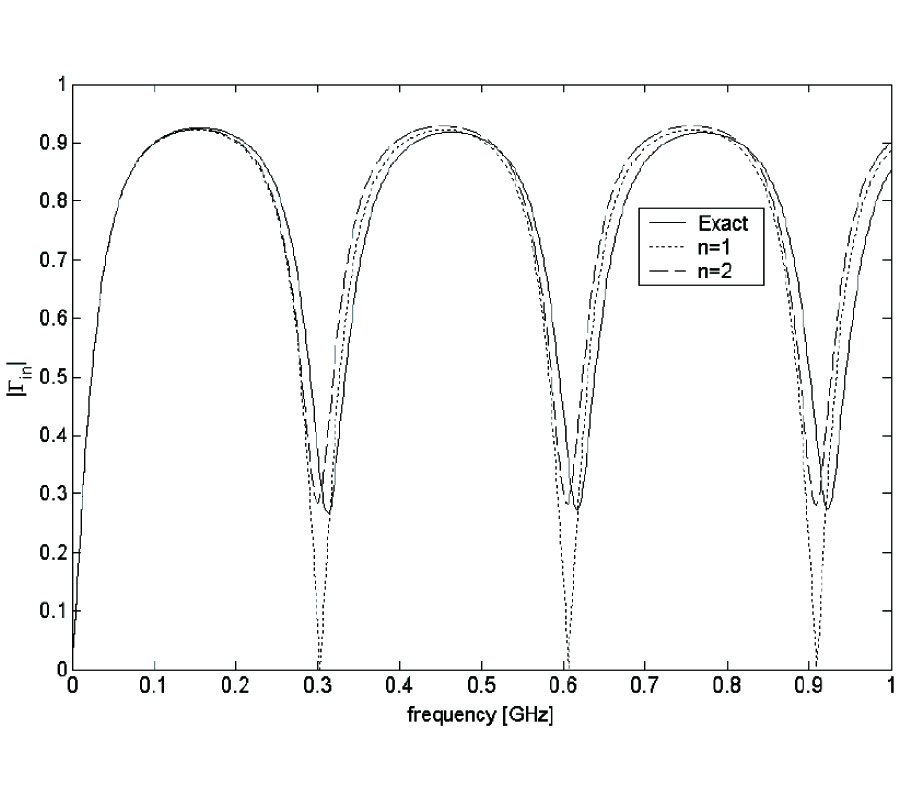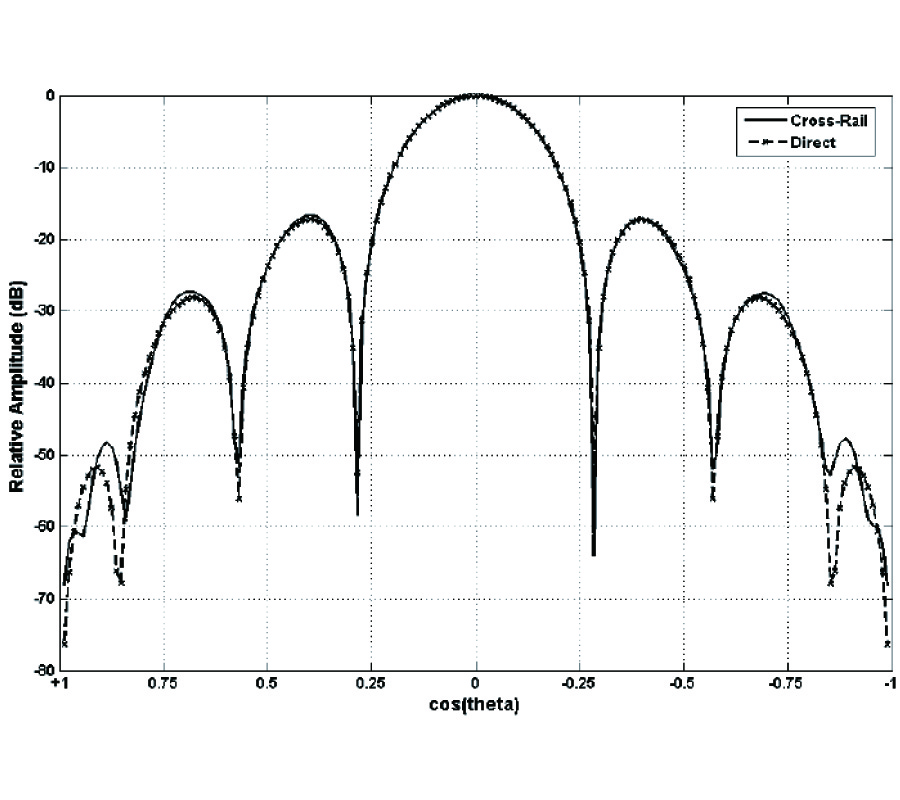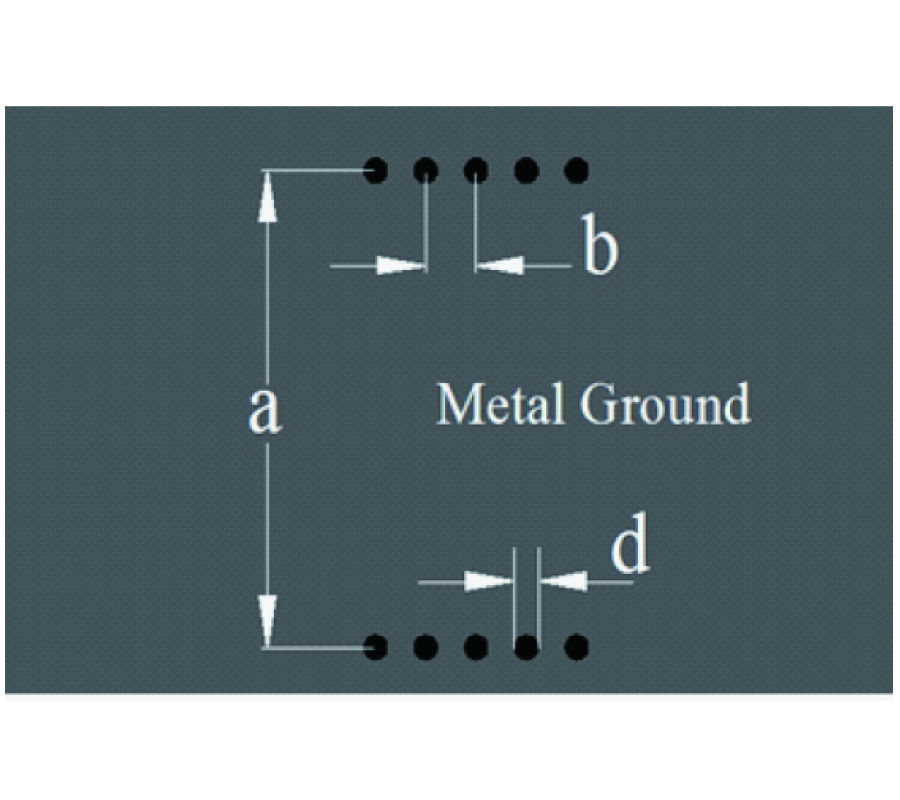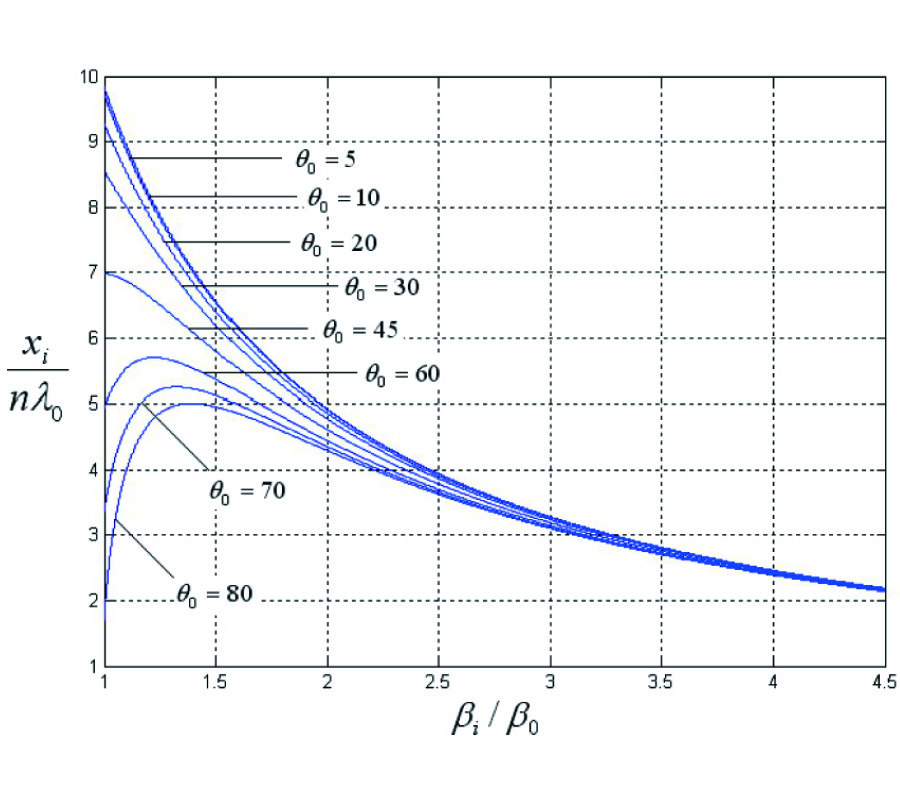Compact Ring Monopole Antenna with Double Meander Lines for 2.4/5 GHz Dual-Band Operation
Gang Zhao,
Fu-Shun Zhang,
Yue Song,
Zibin Weng and
Yong-Chang Jiao
A novel compact ring monopole antenna with double meander lines is proposed for wireless local area networks (WLAN) applications in IEEE 802.11b/g/a systems. The designed antenna, fed by a 50Ω microstrip transmission line, is only 32mm in height and 16mm in width. By introducing a horizontal and a vertical branched strips to a closed rectangular strip ring, the proposed antenna can generate two separate impedance bandwidths. Prototypes of the proposed antenna have been constructed and tested. The obtained impedance bandwidths reach about 12% for the 2.4 GHz band and 45.3% for the 5 GHz band, which meet the required bandwidth specification of 2.4/5 GHz WLAN standard. Also, good radiation performance and antenna gain over the two frequency ranges have been obtained.
